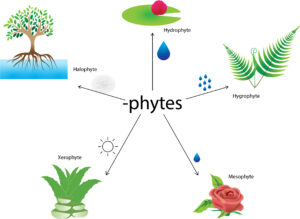
Keep “phyte”ing! – from known to unknown
Other than its position in the phylogenetic tree, each plant is also defined by it’s “place of birth”. As time is the magician, while location is the three-dimensional space that carries its own secret codes such as humidity, light intensity, temperatures, and soil composition et al. From algae-like plants to higher flowering plants, from aquatic environments to terrestrial environments, from knowns to unknowns. Plants grow in most areas of the earth including some really harsh […]
Read More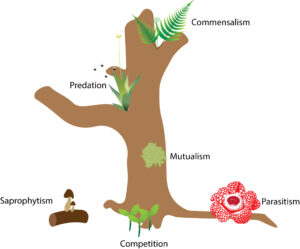
Symbiosis – the ways that plant interacts
Plants of the same and different species interact with each other in the ecosystem actively or inactively in many different ways. The ecological relationships are known as symbiosis, which means “living together”. It is a relationship between any type of close and long-term biological interaction between two different biological organisms, mainly commensalism, mutualism, parasitism, and other types of interaction. The organisms, known as symbiont, can be of the same or different species of plants and […]
Read More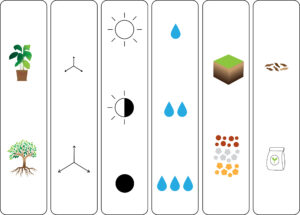
The five key elements for indoor plants to thrive
When I was young, my father used to keep a bonsai and a pot of mini bamboo in the living room, they were static forever, tranquil yet lifeful. Our house plants run in a routine for years, a tray of blooming daffodil in the spring and yellow chrysanthemum in the autumn. We may not notice, but we live closely and co-evolve with plants throughout human history. The first flowering plant appeared about 130 million years ago, […]
Read More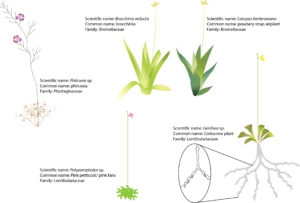
Under-discovered Carnivorous Plants
Besides the common carnivorous plants, there are many obscure carnivorous plants. Those under-discovered carnivorous plants are considered as protocarnivorous plants and sometimes referred to as paracarnivorous, subcarnivorous or borderline carnivores plants. Plant in this category is slightly different from carnivorous plants. Protocarnivorous plants can trap and kill insects or other small animals. But they do not digest the prey and absorb the nutrients from the victims due to the absence of digestive enzymes in the […]
Read More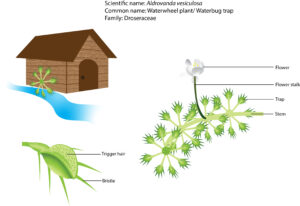
Aldrovanda vesiculosa, the waterwheel that is not powered by water
Utricularia is a semi-aquatic carnivorous plant that can grow in the terrestrial or aquatic environment. There is another exotic aquatic carnivorous plant, Aldrovanda vesiculosa. It is first observed in India in the sixteenth century. It is a true aquatic carnivore in the family of Droseraceae that is believed to be a direct relative of the Dionaea muscipula, the Venus flytrap due to its snap trap that is similar to that of Venus flytrap. They are […]
Read More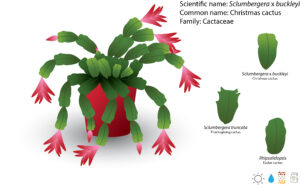
Succulents, the most “suc”-cessful plants
Succulent, the most “suc”-cessful survivor that can be found in arid areas such as desert when nothing is found. Then how about cactus, the most famous desert plant? Well, succulent commonly named as xerophytes, xeros means dry, because of their adaptability to live in a dry environment. Cactus (plural cacti) is one of the widely known examples of succulents. Almost all cacti are stem succulents. Overall, succulents are briefly referring to the rosette-plants that have […]
Read More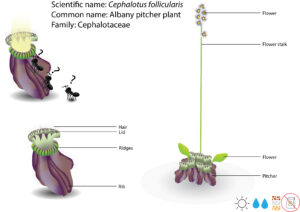
Cephalotus – the smallest pitcher plant
Background The smallest carnivorous pitcher is the west Australian pitcher plant, Cephalotus follicularis. It is one of the most desired carnivorous plants in the collection as well as cultivation. Cephalotus is a thumb-size pitcher of compact growth up to two inches long with colorful and bristly pitchers that are seemingly yawning for a bite to eat. It is a monotypic genus under the family of Cephalotaceae that is commonly referred to as the Albany pitcher […]
Read More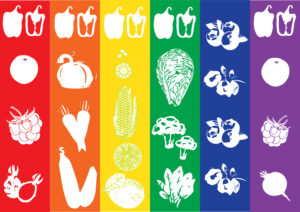
Phytochemicals – a colorful rainbow that is edible
Natural light separates into seven different colors through a prism, which is red, orange, yellow, green, blue, indigo, and purple. Luckily these are the colors you can find on your dinner table, a full spectrum of the rainbow that is edible. Colorful food is a visual delight, the diversified colors are not just an enhancement of the appearance of food but also beneficial to our health in many ways. In this article, the colors are […]
Read More